You can start from scratch and work your way free, or you can rely on long-standing expertise, which you buy purposefully. EVGA has done the latter for good reason and, together with Audio Note, has launched the EVGA NU Audio as a plug-in sound card that does not want to crack, but wants to knock. You can see that very quickly in the price, because the entry is here at just over 285 euros, still. This is a lot of digital wood, but the value of which must also be correct. But that's what I have the lab for.
Speaking of audio note. The company, which was founded in the UK in 1991, now has an interesting history, because it has remained true to the amplifier tubes to this day and has managed to set trends over the years and still preserve traditions. But don't worry, the NU Audio is of course 100 percent tube-free and yet not completely without, because it is only built what it is also worth to be soldered on it.
These aren't PR-compatible advance laurels, just a small anticipation of my tear-down that I've done as usual. Which i would have already arrived at when unpacking, because the box is quickly opened, if the curiosity is driving you. And that's where we're going now.
Scope of delivery and exterior
If you unpack the sound card, you will also find a RCA jack adapter for the line-out and a jack adapter from 6.3 to 3.5 mm for the headphone output. Most people will probably need it if they want to plug in the headphones. Some small leaflets round off the contents of the package, the rest must be downloaded, because without a driver the headphone output is succulable and powerless.
Yes, you need the software and it also updates the firmware automatically. This is very laudable in itself, but this firmware update together with the May update of Windows 10 caused me some sorrow, because after that e.g. Right Mark's Audio Analyzer stopped running. It would still have to be clarified whether it is due to the test software or the combination of driver, software and Windows. Of course, the functionality of the sound card does not stop there, but I can only show the numerical values before the update during the measurements. The much more important measurements with the oscilloscope worked, of course.
At first glance, EVGA's NU Audio is a supposedly "normal" PCIe x1 plug-in card. In detail, however, you can see that the three 12-volt connectors in the slot are not used, although they could deliver up to 5.5 amperes, i.e. 66 watts. However, the manufacturer has decided to leave the supply via the motherboard to the graphics card alone and instead rely on a normal SATA power supply connection at the end of the board.
The advantage lies in the security of supply, because many boards have already reached their limit in terms of board layout at currents of more than 6 amperes via the 24-pin connection of the motherboard. In addition, this prevents the speech of the spikes from the graphics card to the supply line of the sound card. Of course, it doesn't look nice to have such a SATA cable hanging around freely in the PC, but the accessory trade should also offer nicer SATA extensions.
The front has been provided with a metallic cover, which, in addition to the EVGA logo, also shows the punched-in audio note lettering and which also relies on air inlets above the voltage converters. This also applies to the end of the card, where an air-permeable plastic end has been positioned. At the top we find the EVGA logo, you already guess it, RGB lighting. You can like it or just switch it off, depending on your love of foreorors or hate.
We also see nicely that the RGB driver chip (SONIX SLED1734) is not sitting on the actual PCB, but on the small board on the cover. That's why I take the tear down at this point, even if all of this is of course available in detail. The second recess is then for the header of the front panel (HD audio).
The back is not shielded, because the manufacturer probably thought that one did not need to do this. As long as the sound card sits above or far below the graphics card, that may be the case, but what if you can't find enough space for a larger distance? That's exactly what I'm going to do afterwards. By the way, as is so often the case with EVGA, the board comes from Victory Giant, a long-term partner of EVGA for the production of all sorts of things.
The connections of the card are manageable and completely sufficient, analog 5.x outputs no longer need any more. We find two analog jack inputs, each with a 3.5 mm jack for the line-in and the microphone. the outputs are much more interesting here, because EVGA has completely disconnected the analog line-out from the headphone output. In addition, there is the obligatory SPDIF as an optical output. That was it and it is more than enough.
In addition to the possible output power and voltages (all RMS) for different impedances, I will be able to offer very interesting values later in the measurements and even without spoiling in advance I can already scatter that this card is so many can blow off competitors with a gesture of nonchalance. This is also due to the placement, but I will come to that in a matter of time.
Software
That with the software is still a bit in motion, but the latest versions are already usable and stable. The problems described only occur in connection with a single test software, so that one can give a relaxed warning, even after the May update. What I personally like is the fact that you don't have a fixed gain switch that raises the amplification factor of the amplifier by a fixed value, but for the headphone output in addition to the master controller, which applies to both outputs, you actually still have the afterburner can ignite continuously.
This is important in that high-impestate head-listening goes to the last limit areas and it is also the first internal sound card, which e.g. could fuel a Beyerdynamic T1 beyond full control. That, in turn, should be avoided as much as possible, but it would be possible if you wanted to. And that alone has a certain entertainment value. Well, the Beyerdynamic A20 is still a bit more sporty, but the destruction of the hardware is also the last thing you intend.
The microphone input is quite sensitive and the built-in Cirrus Logic chip is noise-free enough to connect even micro capacitor micros in a comprehensible and low-noise way. You can like and use Nahimic and the virtual surround sound, but with clever headphones, you can do the same. The remaining games in the DSP are classy and there is nothing missing, a kind of compression for the micro included. The 10-band equalizer is also finely structured and you can save everything into different profiles at the end.
With the introduction I am almost already through, because the inclined audio connoisseur will not suffer frosty shock rigidity even when looking at the data sheet. This fits like the famous fist out of sight, which this time probably also justifies the price. I didn't find fake information and PR-bubber this time either. Thank you for that!
Specifications and data |
|
| Audio DSP: |
|
| Playback: |
|
| Recording; |
|
| Inputs: |
|
| Outputs: |
|
| Headphone output: |
|
| DNR / SNR: |
|
| RGB lighting: | Different modes incl. Audio control |
| Components: |
|
| Other |
|
EVGA NU Audio 5.1, PCIe x1 (712-P1-AN01-KR)














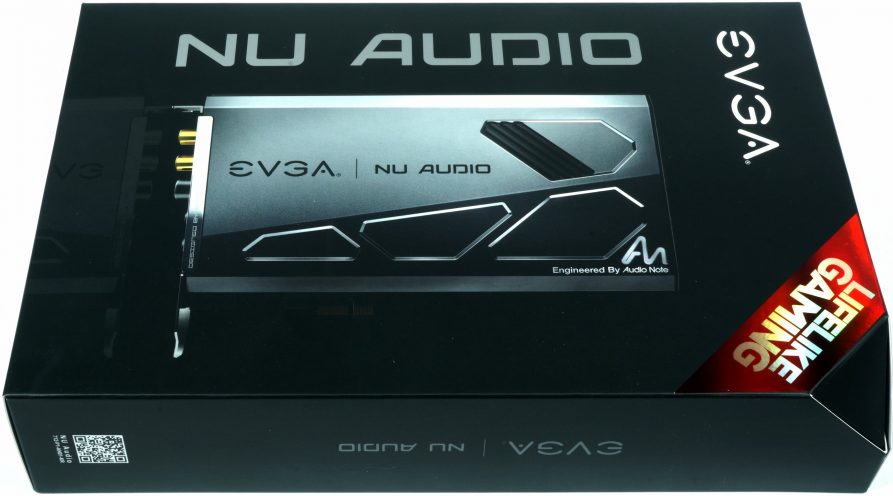
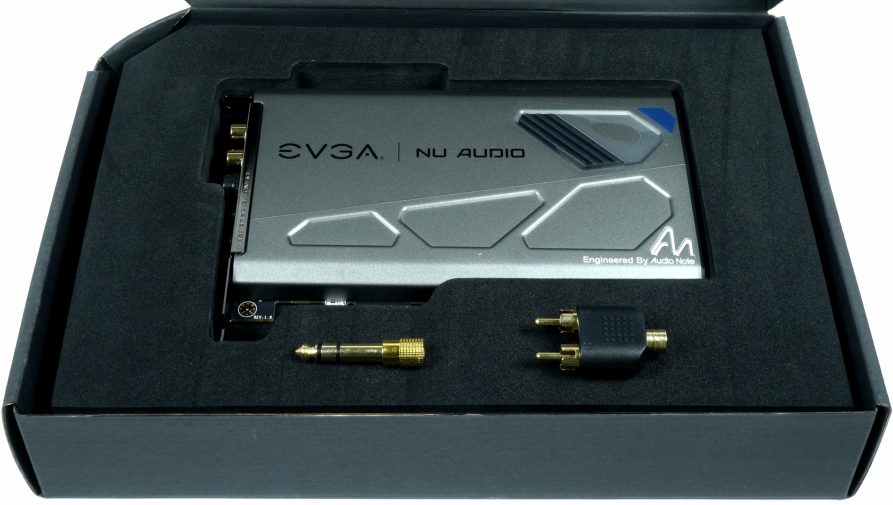
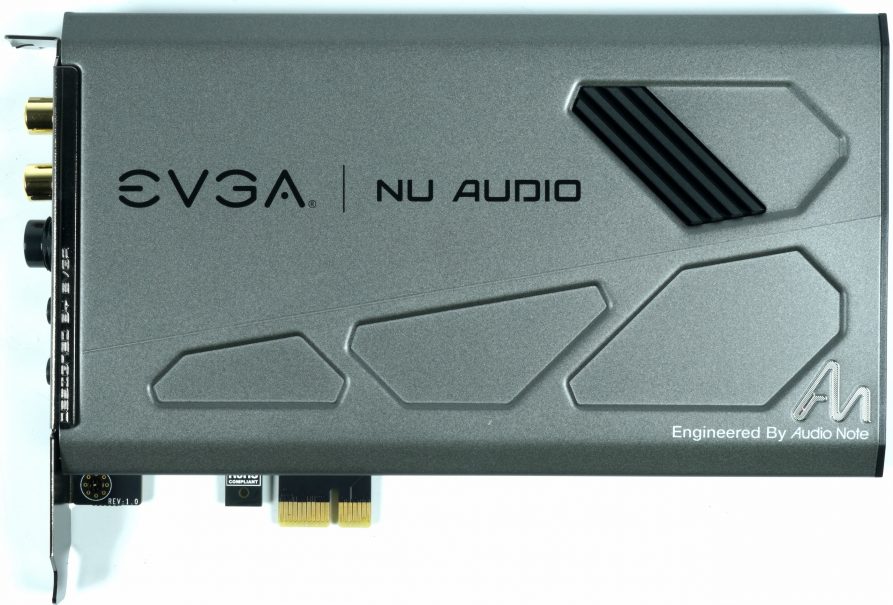
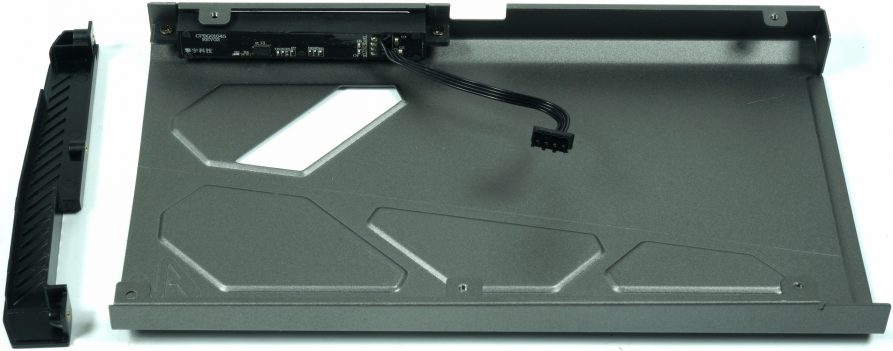
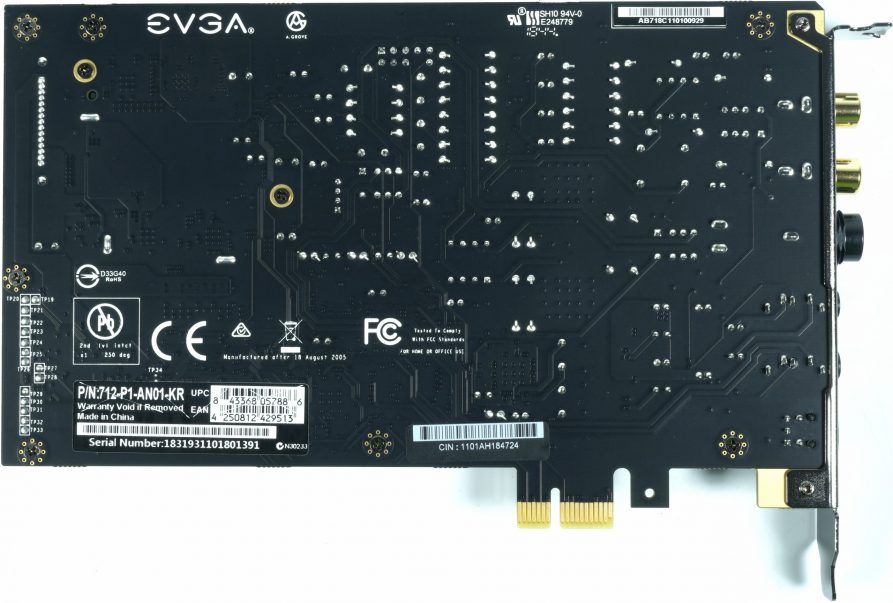

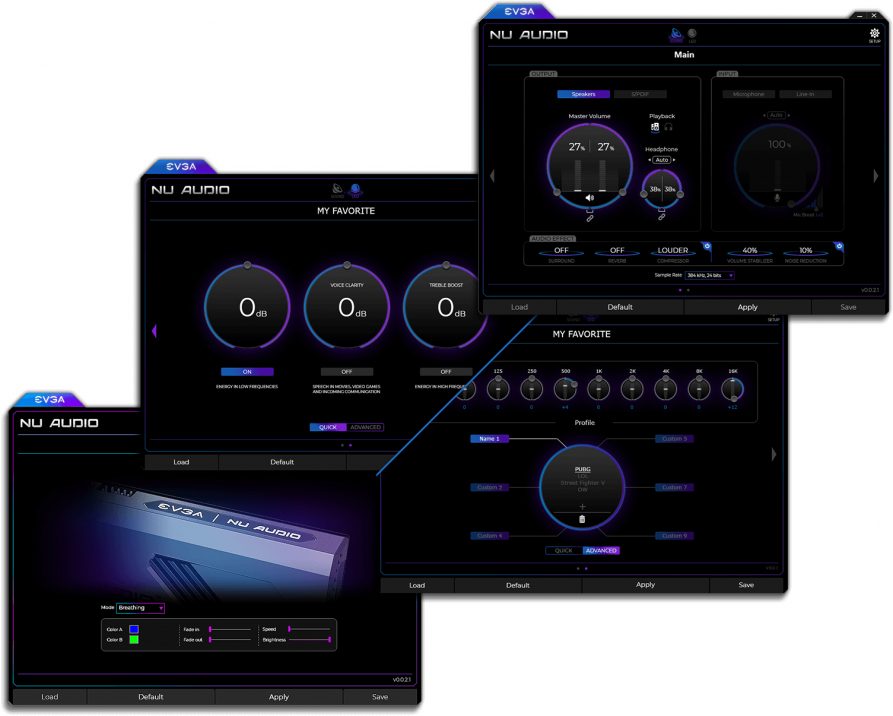


















Kommentieren